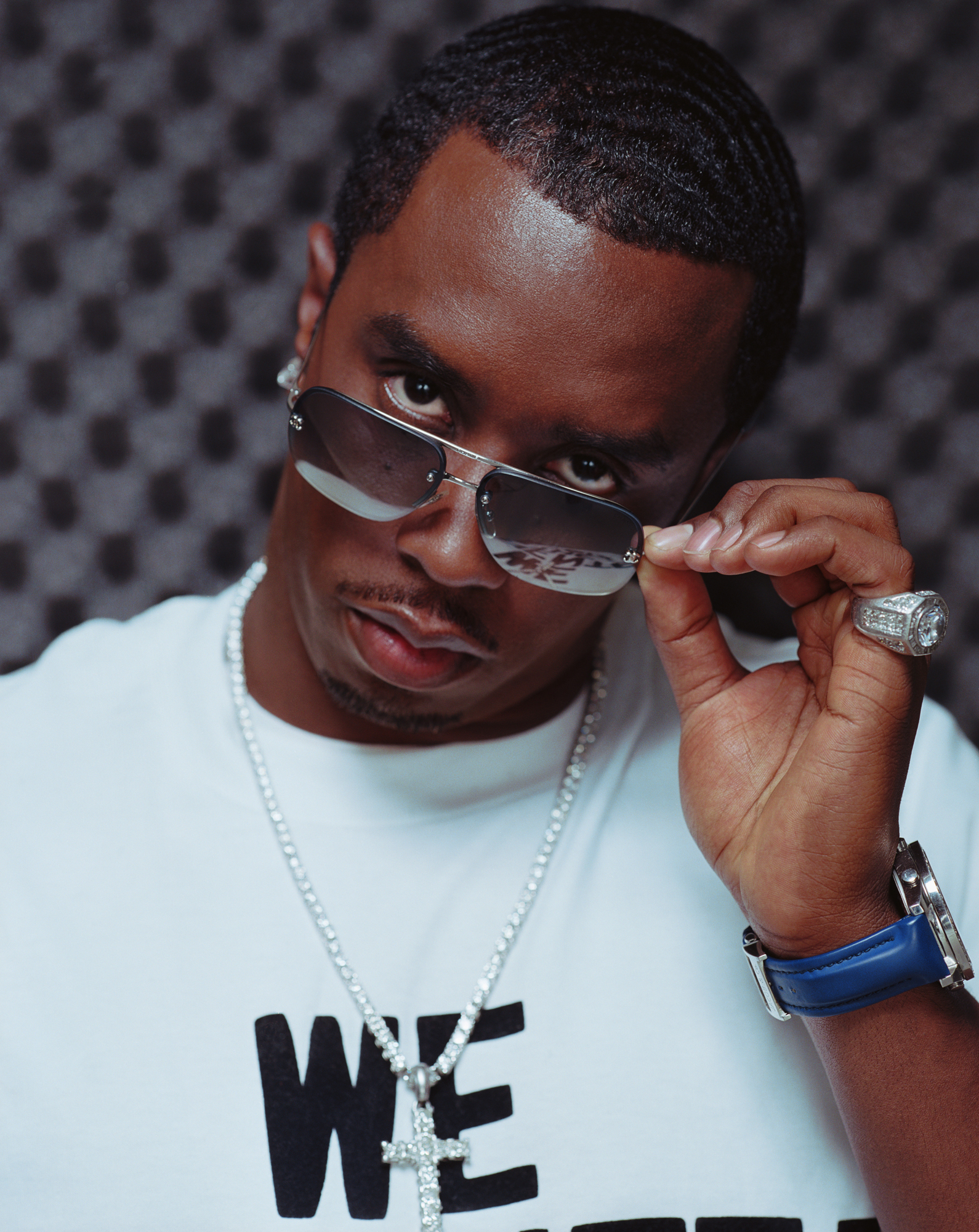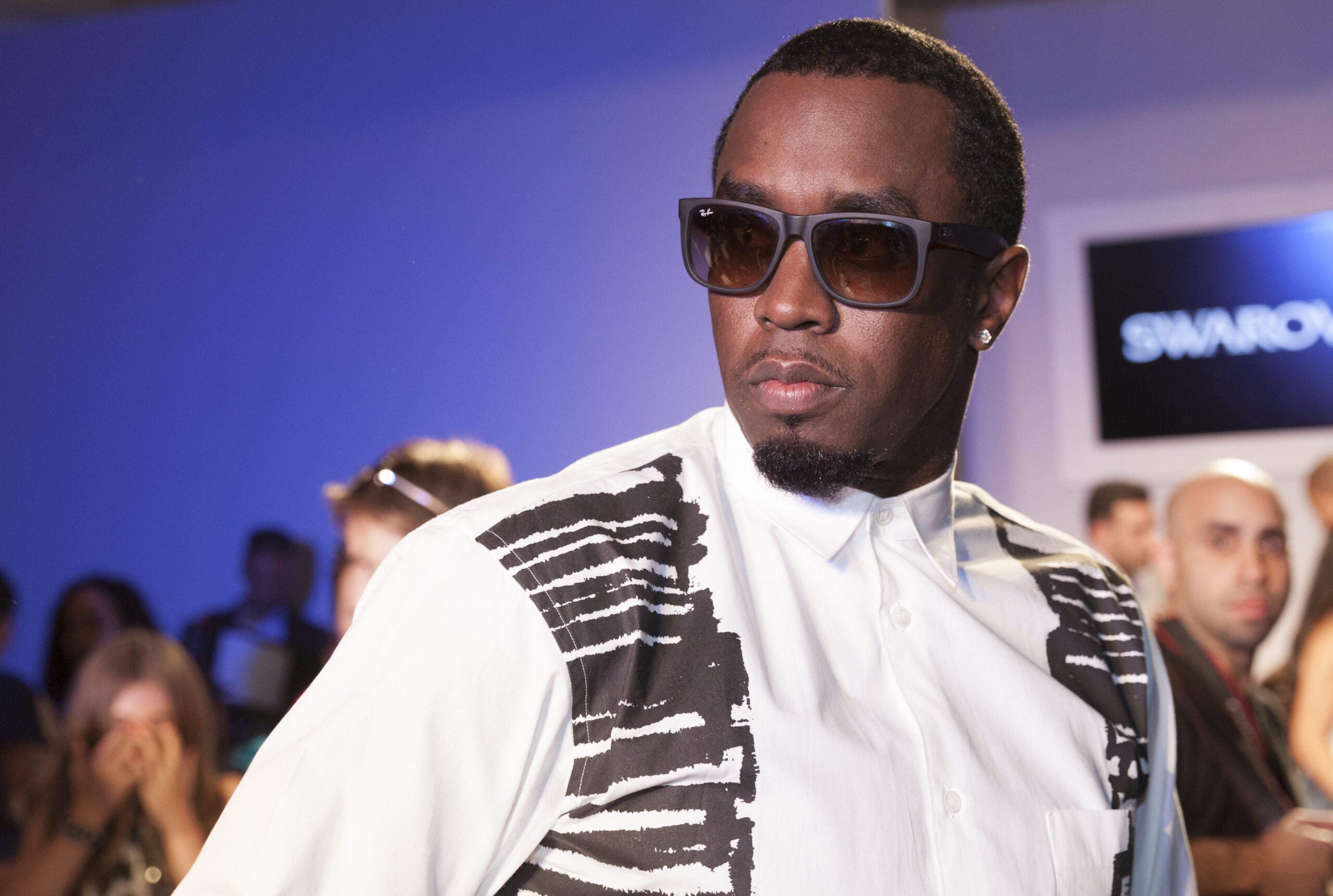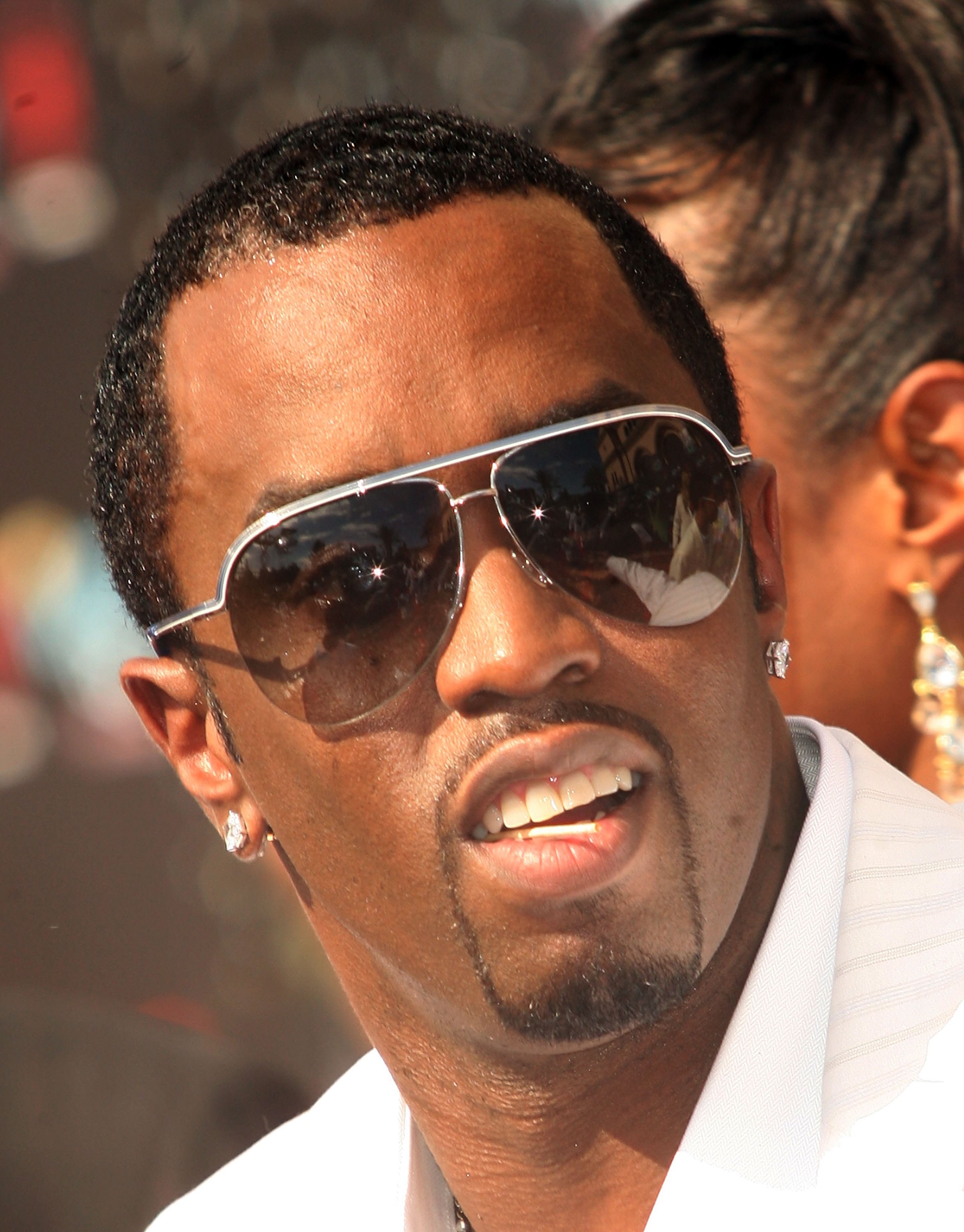Uncover The Essence Of The "Piddy 90s": A Nostalgic Journey
What's "piddy 90s"? It is a term used to describe the fashion, music, and art of the 1990s.
It is characterized by its grunge, hip-hop, and electronic dance music influences. Some of the most popular piddy 90s fashion trends include high-waisted jeans, crop tops, and platform shoes. The term "piddy" is often used to describe something that is small or insignificant. However, in the context of the 1990s, it is used to describe something that is cool or trendy.
Piddy 90s fashion is often seen as a rebellion against the materialism and conformity of the 1980s. It is a celebration of individuality and creativity. Piddy 90s music is often characterized by its grunge, hip-hop, and electronic dance music influences. Some of the most popular piddy 90s bands include Nirvana, Pearl Jam, and Green Day.
- Halloween H20
- Simone Biles Pregnancy
- Leslie Charleson
- Wade Wilson Crime Scene Photos
- Mark Paul Gosselaar Mom And Dad
Piddy 90s art is often characterized by its use of bright colors and geometric shapes. Some of the most popular piddy 90s artists include Keith Haring and Jean-Michel Basquiat.
Piddy 90s was a time of great change and innovation. It was a time when people were not afraid to express themselves and be different. Piddy 90s fashion, music, and art are a reflection of this time.
piddy 90s
Key Aspects
- Fashion: High-waisted jeans, crop tops, platform shoes
- Music: Grunge, hip-hop, electronic dance music
- Art: Bright colors, geometric shapes
{point}
Piddy 90s fashion was a rebellion against the materialism and conformity of the 1980s. It was a celebration of individuality and creativity. Some of the most popular piddy 90s fashion trends include high-waisted jeans, crop tops, and platform shoes.
{point}
Piddy 90s music was a reflection of the grunge, hip-hop, and electronic dance music influences of the time. Some of the most popular piddy 90s bands include Nirvana, Pearl Jam, and Green Day.
{point}
Piddy 90s art was often characterized by its use of bright colors and geometric shapes. Some of the most popular piddy 90s artists include Keith Haring and Jean-Michel Basquiat.
piddy 90s
Piddy 90s, a term coined to describe the fashion, music, and art of the 1990s, encompasses various key aspects that shaped its unique identity:
- Grunge Aesthetic: Characterized by flannel shirts, ripped jeans, and combat boots, grunge fashion epitomized the rebellious spirit of the era.
- Hip-Hop Influence: Rap and hip-hop music gained mainstream popularity, influencing fashion and culture with baggy clothes, sneakers, and gold jewelry.
- Electronic Dance Music: The rise of electronic dance music, such as techno and house, fueled a vibrant club scene and influenced fashion with neon colors and futuristic styles.
- Indie Revolution: Independent music thrived, with bands like Nirvana and Pearl Jam leading the charge against corporate rock, promoting authenticity and raw emotions.
- Art and Activism: Artists like Keith Haring and Jean-Michel Basquiat used their work to address social and political issues, merging art with activism.
- Cultural Rebellion: Piddy 90s represented a rejection of the materialism and conformity of the previous decade, embracing individuality and self-expression.
These key aspects intertwined to create a distinct and influential cultural movement. Grunge's rebelliousness and hip-hop's swagger challenged societal norms, while electronic dance music and the indie revolution pushed musical boundaries. Art became a platform for social commentary, and the overall cultural rebellion fostered a sense of community and belonging among those who embraced the piddy 90s aesthetic.
Grunge Aesthetic
Grunge aesthetic, a defining element of piddy 90s, emerged as a rejection of the polished and materialistic styles of the 1980s. It embraced a raw, unkempt look that reflected the disillusionment and angst of the generation.
- Nonconformity and Rebellion: Grunge fashion defied societal norms, rejecting the preppy and glamorous aesthetics that had dominated the previous decade. It celebrated individuality and authenticity, encouraging people to express themselves through their clothing.
- Rejection of Consumerism: Grunge's emphasis on thrifting and DIY fashion challenged the excessive consumption and brand consciousness of the time. Ripped jeans, faded flannel shirts, and worn-out combat boots became symbols of resistance against materialism.
- Connection to Music: Grunge fashion was closely intertwined with the grunge music scene, which emerged from Seattle in the early 1990s. Bands like Nirvana and Pearl Jam embodied the grunge aesthetic, influencing the style and attitudes of their fans.
- Cultural Impact: Grunge aesthetic extended beyond fashion, influencing popular culture and shaping the identity of a generation. It became a symbol of youthful rebellion, authenticity, and a desire for change.
In conclusion, the grunge aesthetic of piddy 90s was a multifaceted phenomenon that reflected the social and cultural shifts of the era. It challenged societal norms, rejected consumerism, celebrated individuality, and forged a strong connection with the grunge music scene, leaving a lasting impact on popular culture and fashion.
Hip-Hop Influence
The rise of hip-hop music in the 1990s had a profound impact on both fashion and culture, becoming an integral part of the piddy 90s aesthetic. This influence was evident in the adoption of baggy clothes, sneakers, and gold jewelry as symbols of hip-hop culture.
Fashion: Hip-hop fashion emerged as a form of self-expression and cultural identity, rejecting the preppy and formal styles of previous decades. Baggy clothes, such as oversized jeans and hoodies, became synonymous with hip-hop culture, allowing for freedom of movement and a sense of rebellion against societal norms.
Culture: Hip-hop music and fashion became inextricably linked, shaping the cultural landscape of the 1990s. Rap lyrics often addressed social and political issues, resonating with a generation seeking change and authenticity. Hip-hop culture emphasized community, individuality, and self- empowerment, which was reflected in its fashion and style.
Practical Significance: Understanding the connection between hip-hop influence and piddy 90s highlights the power of music and culture to shape societal trends and identities. It demonstrates the influence of marginalized communities on mainstream culture and the importance of recognizing and celebrating diverse cultural expressions.
Electronic Dance Music
The rise of electronic dance music (EDM) in the 1990s had a significant impact on piddy 90s culture, shaping fashion, music, and the overall aesthetic of the era.
- Dance Club Culture: EDM fueled the growth of dance clubs and raves, creating a vibrant nightlife scene. These clubs became centers of social interaction and cultural expression, where people could immerse themselves in the music and dance the night away.
- Fashion Influence: EDM fashion embraced neon colors, futuristic designs, and bold patterns. Clubbers wore clothing that reflected the energy and excitement of the music, such as shiny fabrics, geometric shapes, and accessories that glowed under black lights.
- Musical Innovation: EDM pushed the boundaries of electronic music, incorporating elements from various genres such as techno, house, and trance. DJs experimented with new technologies and sounds, creating a diverse and innovative musical landscape that appealed to a wide audience.
- Cultural Impact: EDM culture extended beyond the dance club scene, influencing mainstream fashion and popular culture. The vibrant colors and futuristic styles of EDM fashion became popular in everyday wear, and EDM music found its way into movies, television shows, and video games.
In conclusion, the rise of electronic dance music in the 1990s was an important factor in the development of piddy 90s culture. It fueled a vibrant dance club scene, influenced fashion, pushed the boundaries of musical innovation, and left a lasting impact on popular culture.
Indie Revolution
The indie revolution of the 1990s was a significant cultural movement that challenged the dominance of corporate rock and promoted authenticity and raw emotions in music. This movement had a profound impact on the development of piddy 90s culture.
- Rejection of Corporate Control:
Indie bands rejected the control and influence of major record labels, opting to release their music on independent labels or start their own. This allowed them to maintain creative freedom and produce music that was true to their artistic vision.
- Focus on Authenticity:
Indie artists emphasized authenticity and personal expression in their music. They drew inspiration from their own experiences, emotions, and observations, creating songs that resonated with audiences on a deep level.
- Raw and Emotional Expression:
Indie music often featured raw and emotional performances, capturing the intensity and vulnerability of the human experience. Bands like Nirvana and Pearl Jam became known for their passionate and energetic live shows, which connected with fans on a visceral level.
- Cultural Impact:
The indie revolution had a major impact on popular culture, influencing fashion, art, and other cultural trends. Indie bands became cultural icons, and their music provided a soundtrack for a generation of searching for authenticity and self-expression.
In conclusion, the indie revolution of the 1990s was an important component of piddy 90s culture. It challenged the status quo, promoted authenticity and raw emotions in music, and left a lasting impact on popular culture.
Art and Activism
In the context of piddy 90s, art and activism were closely intertwined, as artists used their platforms to address pressing social and political issues of the time.
- Social Commentary:
Artists like Keith Haring and Jean-Michel Basquiat used their art to comment on social issues such as racism, poverty, and inequality. Their works often featured bold imagery and provocative messages that challenged societal norms and raised awareness about important causes.
- Political Activism:
Many artists in the piddy 90s era actively participated in political activism, using their art to support specific causes or raise funds for organizations working towards social change. For example, the Red Hot Organization, founded by Bono and Bobby Shriver, released a series of compilation albums featuring contemporary artists to raise awareness and funds for AIDS research and prevention.
- Community Engagement:
Art also played a role in community engagement during the piddy 90s. Artists worked with local communities to create public murals and other art projects that addressed local issues and fostered a sense of place and identity. These projects often involved collaboration between artists and community members, blurring the lines between art and activism.
- Cultural Impact:
The merging of art and activism in the piddy 90s had a significant impact on popular culture. It challenged traditional notions of art's purpose and expanded its role in society. Artists became cultural commentators and agents of change, using their work to inspire dialogue, raise awareness, and promote social justice.
In conclusion, the connection between art and activism in piddy 90s was a powerful and multifaceted phenomenon. Artists used their platforms to address important social and political issues, engage with communities, and challenge societal norms. Their work not only reflected the spirit of the time but also contributed to cultural and social change.
Cultural Rebellion
The cultural rebellion of the piddy 90s was a multifaceted phenomenon that manifested in various aspects of society, including fashion, music, art, and lifestyle.
- Rejection of Materialism:
The piddy 90s generation rejected the excessive materialism and conspicuous consumption that had characterized the 1980s. They favored thrifting, DIY fashion, and a more laid-back, grunge-inspired aesthetic that emphasized individuality over brand names and status symbols.
- Embrace of Individuality:
Piddy 90s culture celebrated individuality and self-expression. People were encouraged to embrace their unique styles, passions, and beliefs, regardless of societal norms or expectations. This embrace of individuality extended to personal appearance, musical tastes, and artistic endeavors.
- Anti-Conformity:
The piddy 90s generation was known for its anti-conformist attitudes. They challenged traditional values, questioned authority, and rejected the idea of fitting into a predefined mold. This anti-conformity was reflected in their fashion choices, music preferences, and overall lifestyle.
- Influence on Popular Culture:
The cultural rebellion of the piddy 90s had a significant impact on popular culture. Grunge music, alternative fashion, and independent films gained mainstream popularity, influencing the tastes and values of an entire generation. The anti-conformist spirit of the piddy 90s continues to resonate with people today, inspiring movements and trends that promote individuality and self-expression.
In conclusion, the cultural rebellion of piddy 90s was a complex and multifaceted phenomenon that rejected materialism, embraced individuality, and challenged societal norms. This rebellion left a lasting impact on popular culture and continues to influence contemporary trends and values.
Frequently Asked Questions about "piddy 90s"
This section addresses common questions and misconceptions surrounding "piddy 90s" to provide a comprehensive understanding of the term.
Question 1: What is the significance of "piddy 90s"?
Piddy 90s refers to a cultural movement that emerged in the 1990s, characterized by a unique blend of fashion, music, art, and lifestyle. It represented a rejection of the materialism and conformity of the previous decade, embracing individuality, self-expression, and anti-conformist attitudes.
Question 2: How did "piddy 90s" influence popular culture?
Piddy 90s had a profound impact on popular culture, influencing fashion, music, and art. Grunge music, alternative fashion, and independent films gained mainstream popularity, shaping the tastes and values of an entire generation. The anti-conformist spirit of piddy 90s continues to resonate with people today, inspiring movements and trends that promote individuality and self-expression.
In summary, "piddy 90s" represents a significant cultural movement that challenged societal norms, celebrated individuality, and left a lasting impact on popular culture.
Conclusion
The exploration of "piddy 90s" reveals a multifaceted cultural movement that emerged in the 1990s. Characterized by a rejection of materialism and conformity, piddy 90s embraced individuality, self-expression, and anti-conformist attitudes. Its influence extended beyond fashion and music, shaping art, lifestyle, and popular culture. The grunge aesthetic, hip-hop influence, electronic dance music, indie revolution, and the merging of art and activism all contributed to the unique identity of piddy 90s.
Piddy 90s challenged societal norms, celebrated diversity, and inspired a generation to embrace their individuality. Its legacy continues to influence contemporary trends and values, reminding us of the power of self-expression and the importance of challenging the status quo.
- Jarrod And Brandi Storage Wars
- Who Is Angela Lansbury Married To
- Red Cup Day 2024
- Eileen Abad
- Eve Hewson

P. Diddy photo gallery high quality pics of P. Diddy ThePlace

P Diddy net worth Verdict

image de p diddy Image De